When it comes to foods and beverages widely regarded as "healthy", you'll find just as many arguments against consuming them as you will in favor.
However, there are a select few that seem to be approved of by just about everyone. In the world of beverages, an obvious example is tea. We're specifically talking about Camellia sinensis, or "true tea", the plant that has given the world white tea, green tea, oolong tea, and black tea.

PurpleForce is a novel Purple Tea Extract that contains more bioactive constituents than other forms of tea, namely the patented AMPK-boosting GHG, which can lead to increased cellular energy for greater performance and body composition. It's distributed by Maypro Industries and developed by Oryza Oil and Fat Chemicals Co. Ltd.
Leveraging the cardiovascular benefits of tea
As you've likely heard countless times, tea is loaded with antioxidants, specifically catechin polyphenols, a class of molecules with exceptional cardiovascular benefits. Thanks to these catechins, tea consumption can significantly increase nitric oxide production, which means that it can actually decrease blood pressure, despite being caffeinated.[1]
Although green tea is often believed to be the healthiest type of tea, this point is actually debatable. Some research shows that the theaflavin antioxidants in black tea are just as potent as the catechins in green tea,[2] and white tea has the highest overall antioxidant content.[3] Of course, black tea has more caffeine than white, green, or oolong, but still much less than coffee.
Additionally, a green tea catechin named epigallocatechin-3-gallate (EGCG) has been shown to significantly increase lipolysis,[4] making it a staple weight loss ingredient for decades. But again, other types of tea, including black tea, have since been shown to exert similar effects.[5]
The bottom line is that any kind of Camellia sinensis-based tea can be incredible for your health.
But what if we could make it even better?
Maypro's PurpleForce® – Tea 2.0
Enter PurpleForce, a relatively new patented ingredient distributed by Maypro Industries, and developed by Oryza Oil and Fat Chemicals Co. Ltd in Japan.[6]
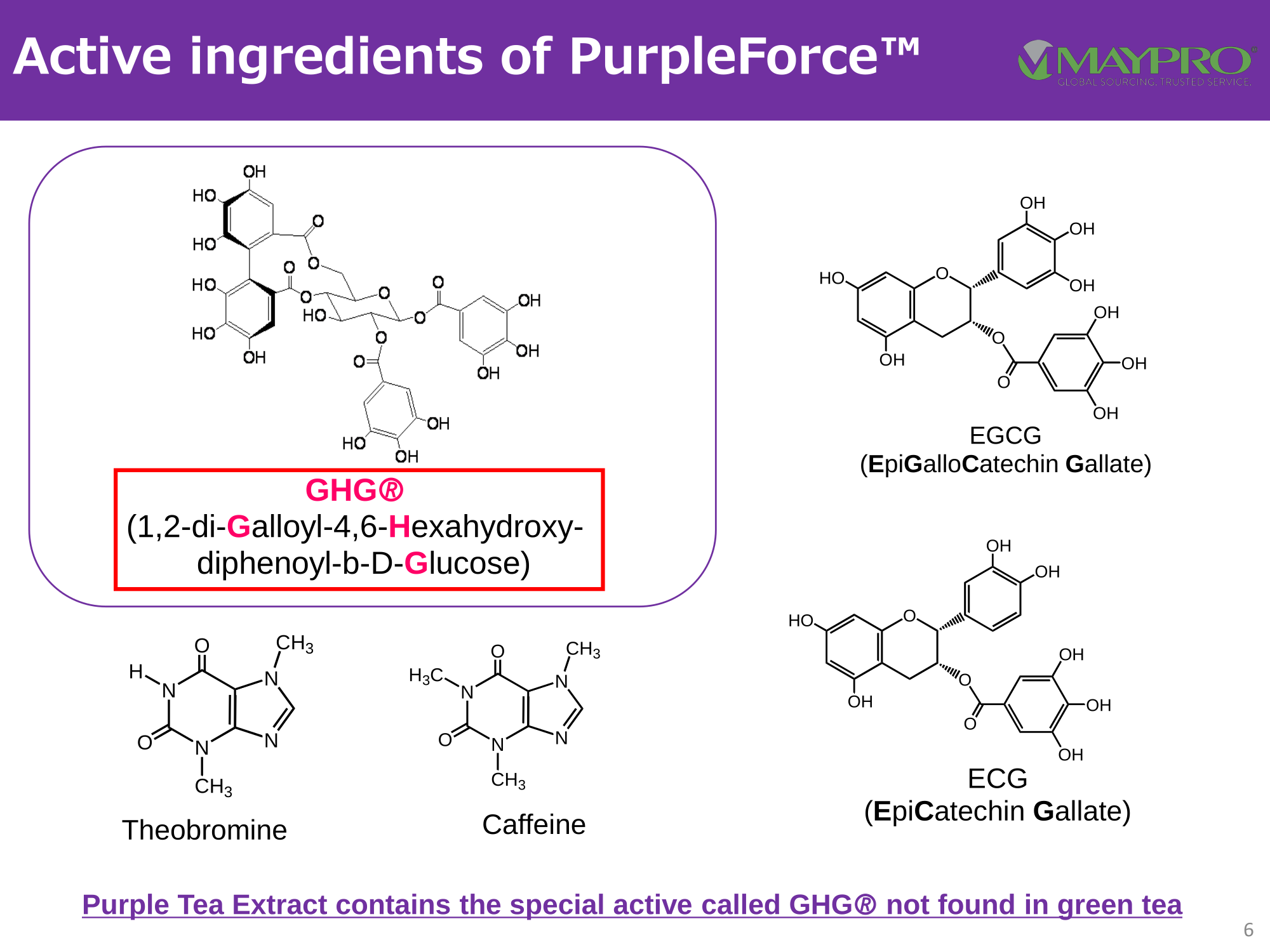
The main PurpleForce constituents.[7] GHG® is a registered trademark of Oryza Oil and Fat Chemical Co. Ltd
PurpleForce is not a white, green, or black tea – it's a purple tea. And a unique constituent in PurpleForce, GHG®, increases AMPK activation,[6,7] which is an enzyme that activates energy production in response to decreased energy levels.[8,9]
This leads not only to improved endurance, but also greater motivation, with implications for weight loss as well. We explore all of these effects from PurpleForce in this article, along with its unique GHG constituent, but first, it's important to understand the benefits of purple tea.
Purple Tea: Same catechins but more bioactive potential
Purple tea gets its name from its color, and it gets its color from the way it was bred and cultivated to maximize the concentration of certain anthocyanin antioxidants, which occur naturally in Camellia sinensis.[10]
Since anthocyanins are red and blue pigments,[11] increasing their concentration above normal makes the tea plant take on a purple color, and brews a purple beverage when its leaves are steeped.
A tea with more beneficial effects
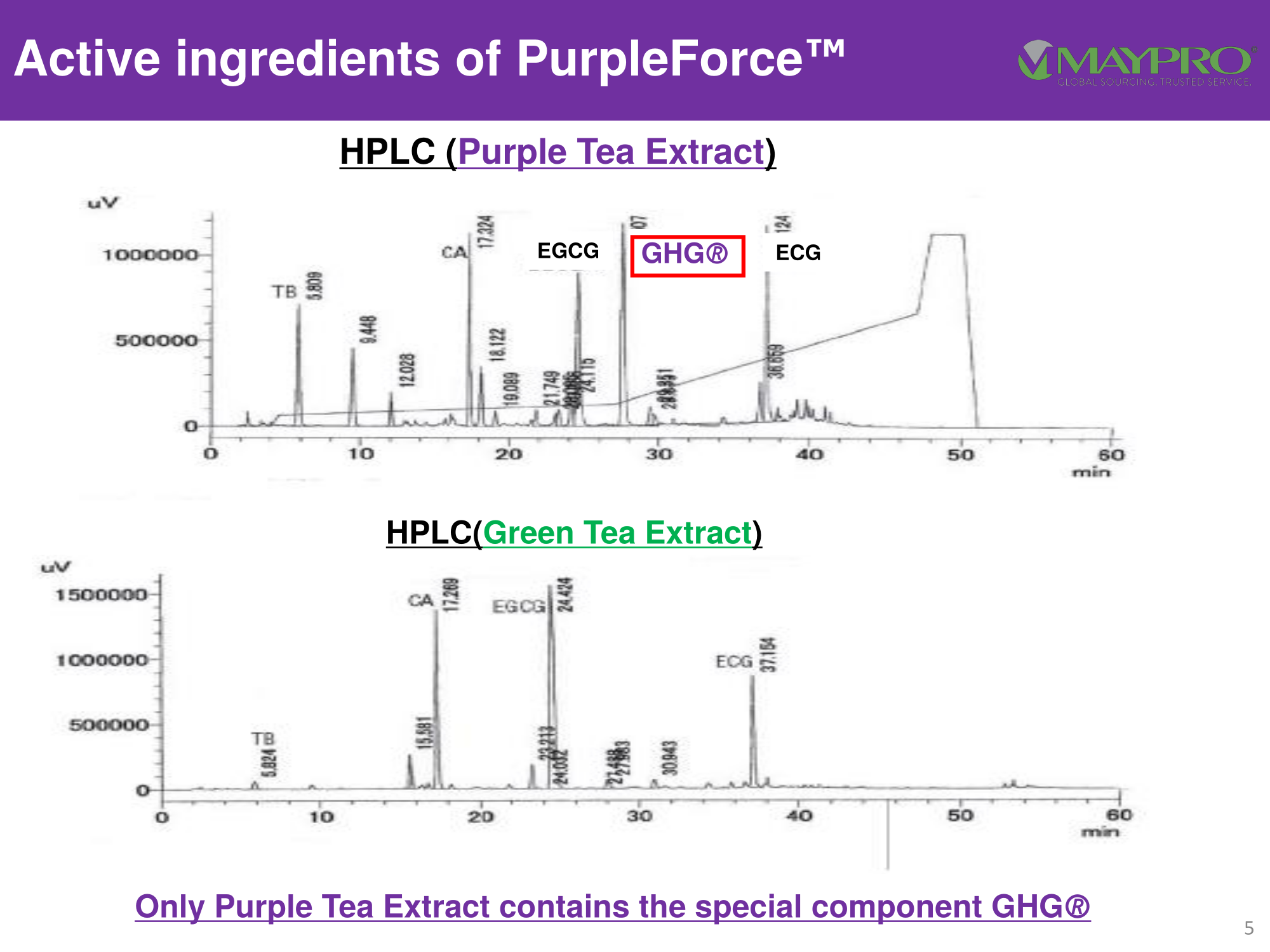
Purple Tea Extract has many more bioactive constituents than Green Tea Extract, namely AMPK-boosting GHG®.[7]
Because catechin content doesn't decrease in purple teas,[10] increasing the bioactive potential also increases the antioxidant activity of the tea. And since antioxidants are basically what we're seeking with tea, this means you can think of PurpleForce as a new-and-improved tea ingredient.
Its constituents also have distinct benefits of their own, which differentiate PurpleForce from the catechins we normally find in tea extracts. In other words, you're not just getting more antioxidant activity in general – you're also getting a new suite of specific health benefits to complement the ones we see in ordinary tea.
Let's get to PurpleForce's primary mechanism -- AMPK activation -- and then the PurpleForce-specific research first.
Why PurpleForce? Exploring AMPK Activation
Short for "AMP-activated protein kinase",[8,9] we often refer to AMPK as the "we need energy now" enzyme. This is a complex of amino acids that senses low cellular ATP levels, and its increased expression induces ATP generation. ATP is short for adenosine triphosphate, which is the energy currency for the body.
Increased AMPK levels can boost dozens of metabolic pathways, leading researchers to develop the "AMPK Hypothesis", highlighting its central role in metabolic health.[12] In fact, one paper calls AMPK the "guardian of metabolism and mitochondrial homeostasis" in its own title![9]
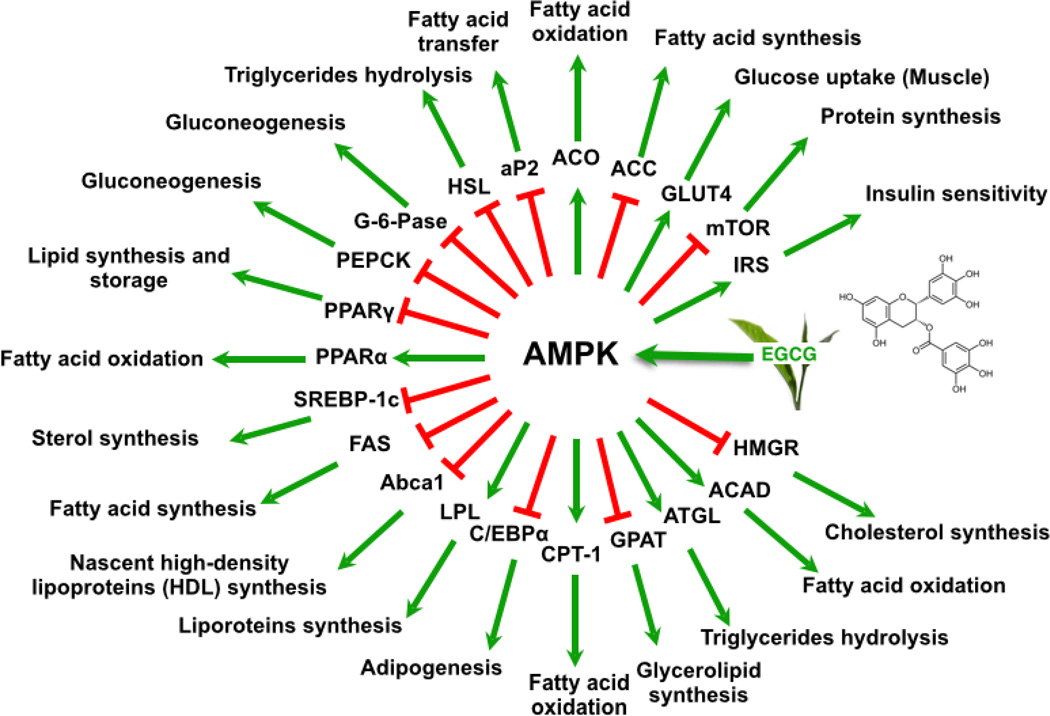
AMPK activation promotes numerous metabolic processes,[12] and is a key target in combating metabolic syndrome.
Research has long shown that a primary tea catechin, EGCG ((−)-epigallocatechin-3-gallate), can activate AMPK,[12-17] which is a major reason it's used in weight loss and blood flow supplements. However, purple tea also contains GHG,[18,19] a tannin that's mercifully shortened from 1,2-di-O-galloyl-4,6-O-(S)-hexahydroxydiphenoyl-β-D-glucose that was first discovered in 2009.[20]
The good news is that data in a published patent shows that GHG increases AMPK signaling:[6]
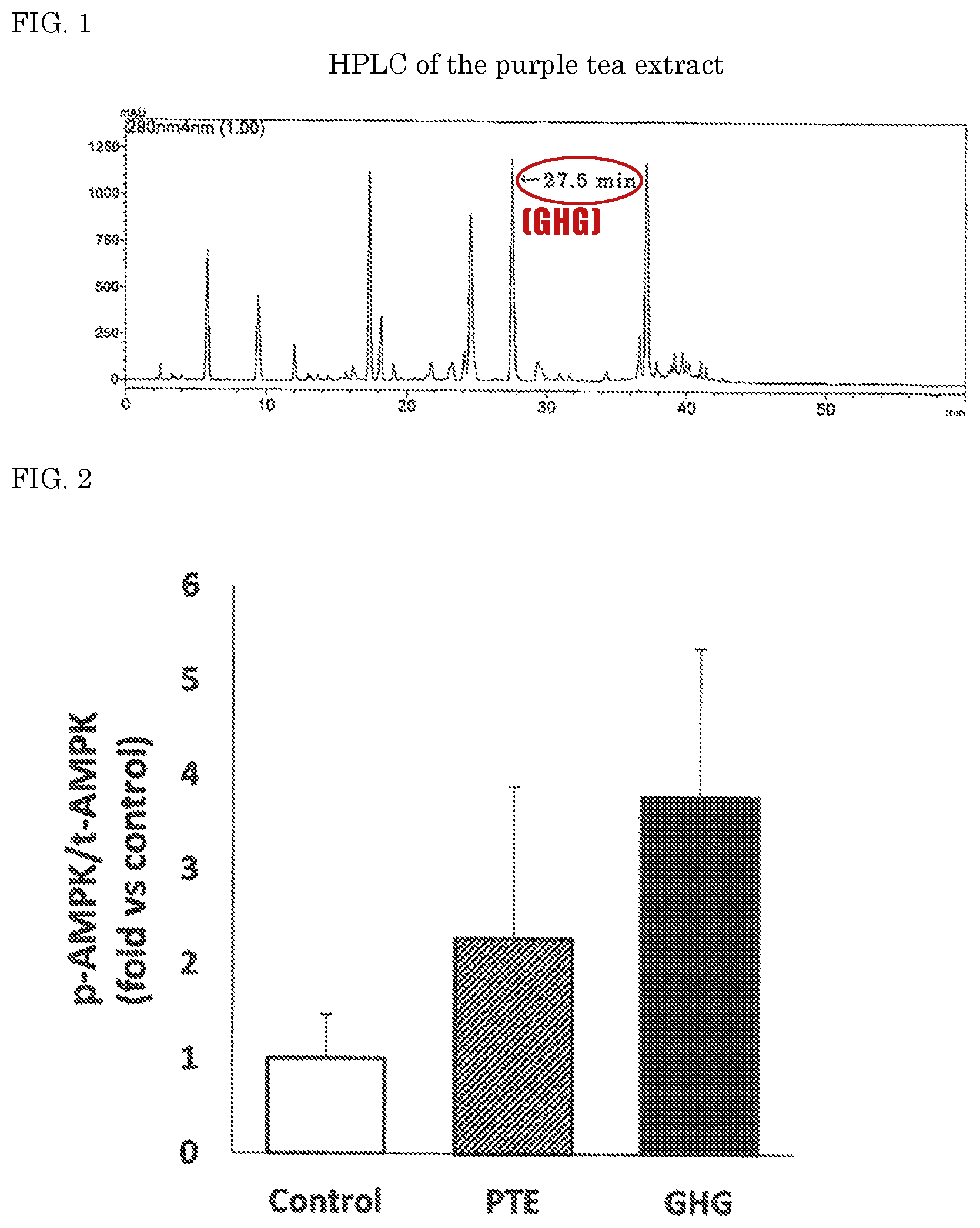
Data taken from the GHG AMPK patent shows that it significantly activates AMPK.[6] The arrow in figure 1 points to GHG's peak.
Even better news is that purple tea extracts have nearly as much GHG as EGCG (7.4% vs. 9.8% respectively),[19] amplifying the activation of AMPK compared to other tea extracts! And this means stimulant-free energy and performance.
The effects aren't just hypothetical: By boosting this "guardian of metabolism", we see some incredible results when looking at PurpleForce-based research.
That research is covered in the next section:
PurpleForce Research
So, extracting GHG from the tea should also increase its health benefits, at least in theory. So how does that theory hold up in the real world?
Fortunately, we have some PurpleForce-specific studies to answer that question.
-
Improved lactic acid (lactate) clearance
One randomized, double-blind, placebo-controlled study showed that following a workout, participants who'd taken PurpleForce showed lower levels of lactate dehydrogenase, the enzyme that breaks down lactic acid.[21]
PurpleForce's GHG can reduce muscle damage and inflammation,[7] getting you back into the gym faster
Lactic acid, also known as lactate, is a byproduct of anaerobic respiration that builds up during intense exercise. The more intense the exercise is, the faster your muscles produce lactic acid – and once they're making lactate faster than they can clear it, the compound begins to accumulate. As it builds up, it produces muscular fatigue, and can impair recovery.
Since your body creates lactate dehydrogenase in response to increased lactate concentrations, lower levels of the enzyme imply lower levels of lactate, too. In other words, from increased lactate dehydrogenase, we would expect to see increased endurance and improved recovery.
And that's exactly what the study found – subjects taking PurpleForce had significantly greater endurance than the placebo group.[21]
Improved workout motivation
That's awesome, but perhaps just as awesome is the fact that the PurpleForce group also showed a greater willingness to exercise.[21] Motivation is key to good workouts, and we think most readers will agree that boosting motivation through supplements like PurpleForce is a great boon for anyone who's serious about fitness.
-
Additional fat-burning mechanism from GHG
Another important difference between purple tea and conventional varieties is the fact that the former contains GHG. GHG is a special polyphenol with anti-aging and anti-obesity effects.[18,19]
One of its mechanisms is inhibiting dietary fat absorption, which was demonstrated in a 2015 study where participants took 100 milligrams of purple tea extract per day for one month.
Animal models show that high-dose purple tea extract attenuates weight gain, even on a high-calorie diet![18,19]
By the end of the study period, they had significantly decreased levels of subcutaneous fat in their abdomens and upper arms.[19] Moreover, they experienced a significant increase in lean body mass percentage,[19] which means the weight they lost was fat. That's definitely what we want to see – nobody wants to lose muscle, after all.
Finally, in a study where participants just drink purple tea, researchers observed the following effects throughout the study period:[7,22]
- Lower BMI[22]
- Decreased body weight[22]
- Decreased body fat percentage[22]
- Lower abdominal fat[22]
- Smaller waist and hips[22]
Maypro has also provided us with a document that goes into a little bit more detail about PurpleForce's mechanisms of action – specifically its ability to significantly upregulate AMP-activated protein kinase (AMPK),[6,7] which is discussed in the section above.
We of course look forward to more research (randomized, double-blind, placebo-controlled is the "gold standard") and will update this section of the article as more comes.
The Benefits of Anthocyanins
While GHG and its AMPK boost is the main attraction in PurpleForce, it's still worth discussing the positives of the remaining bioactives.
Beloved superfoods like blueberries, raspberries, pomegranates, and beets boast a high concentration of anthocyanins, the polyphenol class that gives those vibrant colors.[11] Their original purpose is to protect plant health, but they also also offer benefits for human well-being.
For instance, anthocyanins exhibit antioxidant, anti-inflammatory properties, safeguarding our DNA from oxidative stress while exhibiting protective benefits to the mitochondria.[23] They also support metabolic health, by combating adipocyte inflammation.
There's much more in the science of anthocyanins, but again, PurpleForce is really all about GHG and AMPK upregulation, so that remains the focus of this article.
Products Containing PurpleForce
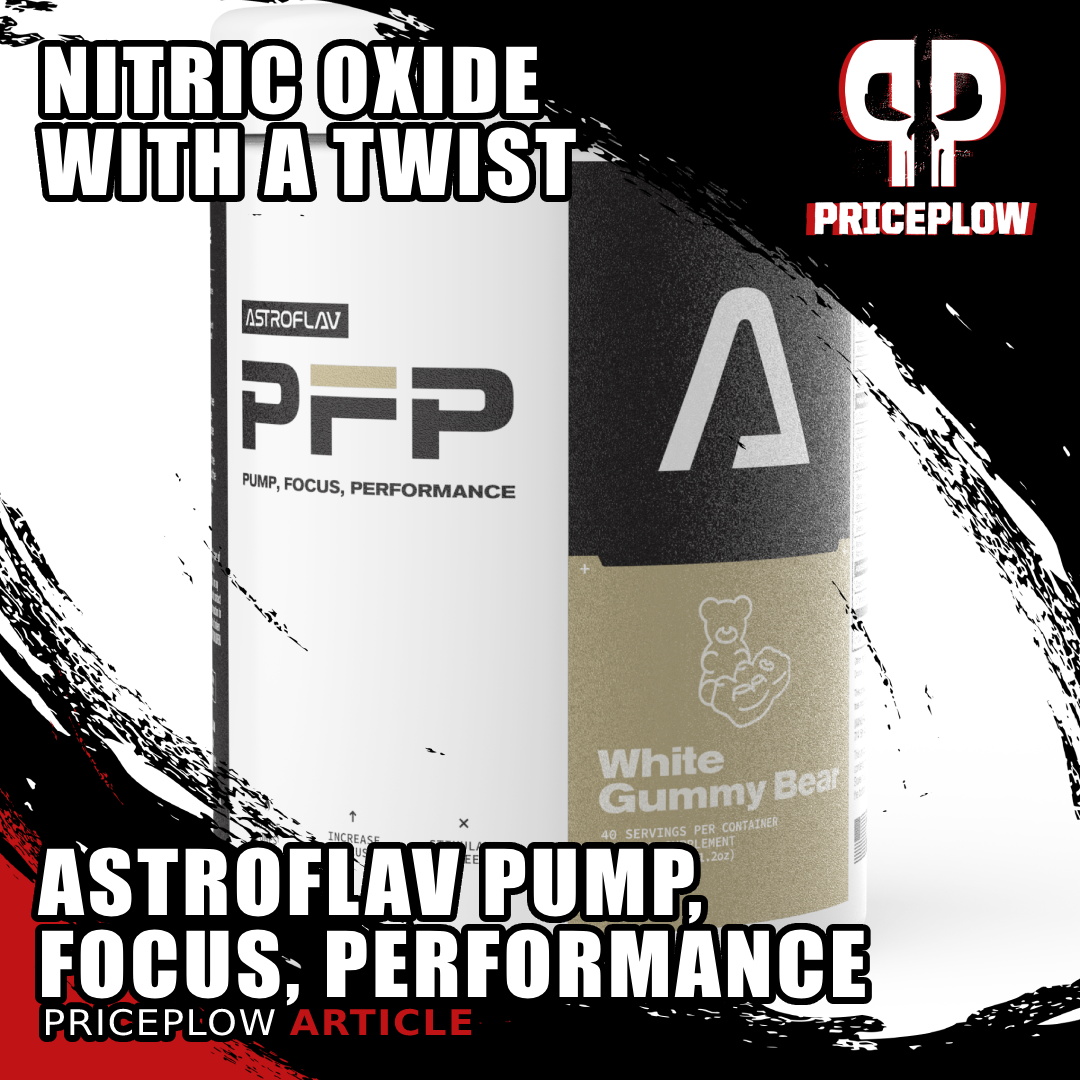
AstroFlav PFP brings some novel new ingredients into the stim-free pre-workouts, including PurpleForce and Oligonol
You can find PurpleForce in several popular supplements on the market. Below is a breakdown by category:
- Pre-Workout Supplements:
- Stimulant-Based Pre-Workout: Merica Labz Z-Bomb
- Stimulant-Free Pre-Workout Supplements:
- Stim-Free Powder: AstroFlav PFP
- Stim-Free Pills: AstroFlav A-Pump and Like a Pro CitraPump
- Muscle-Building Supplements:
- Muscle-Building Pills: Inspired Nutraceuticals LGND
- Creatine Powder: Animal Supercharged Creatine (formerly Animal Creatine XL)
Conclusion: Hello PurpleForce, Goodbye Green Tea
Green tea extracts have been around since the dawn of dietary supplements, and they'll continue to do so. However, most leading-edge supplement consumers are looking for something more. More power, more novelty. It's no longer a big deal to see green tea on a dietary supplement label, and hasn't been for quite some time.
PurpleForce, however, is the next evolution of tea-based supplement ingredients. Compared to green tea, black tea, or white tea extracts, it's a total value-add, since GHG is hard to come by in those plants. For athletes looking for biological energy, this is simply a better tea, and so far the preliminary research bears that out.
The fact that GHG is present in purple teas, but not other teas, means that we think PurpleForce will see a lot of play as a performance and sports nutrition ingredient this year... with some added fat burning effects!

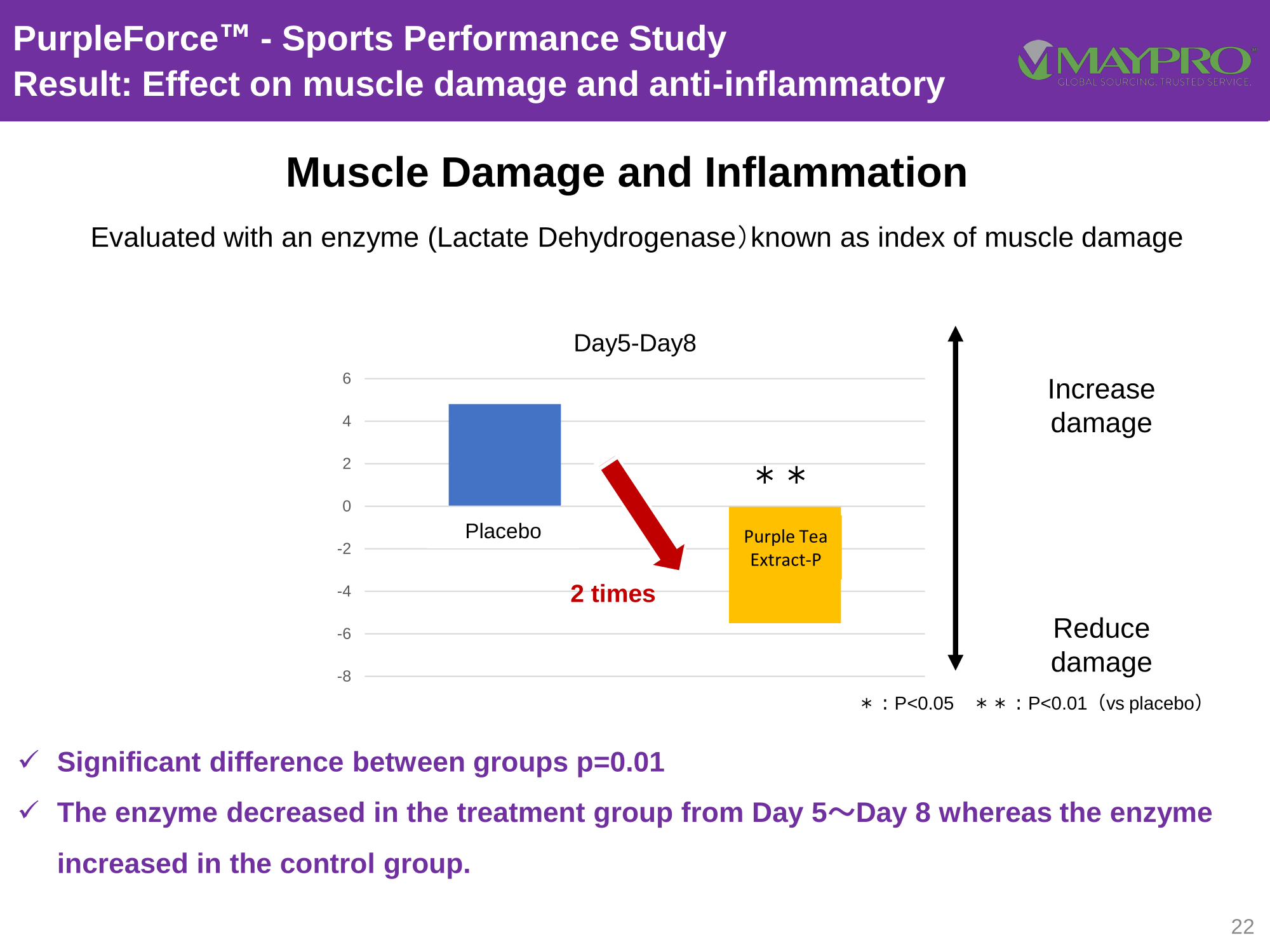
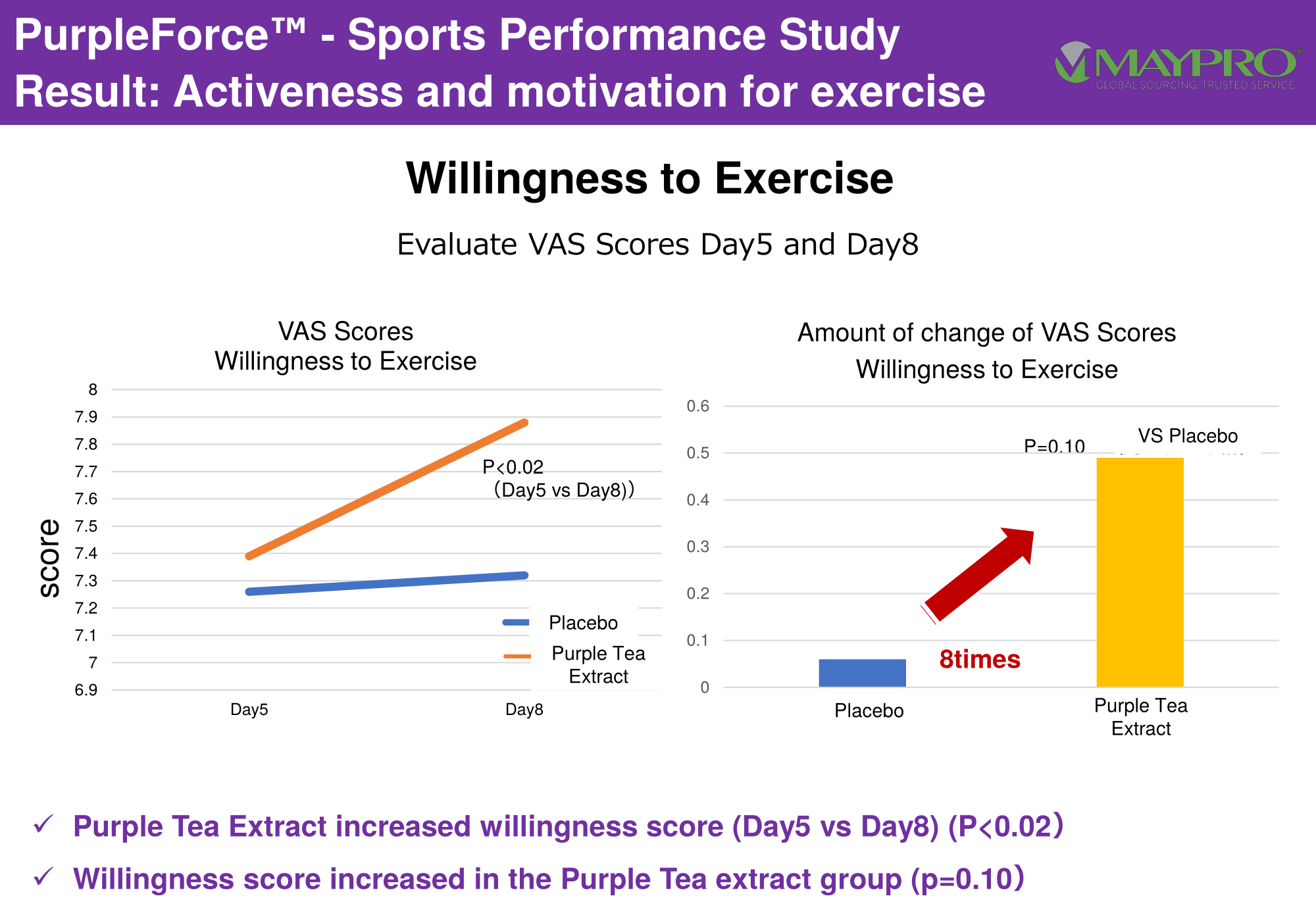
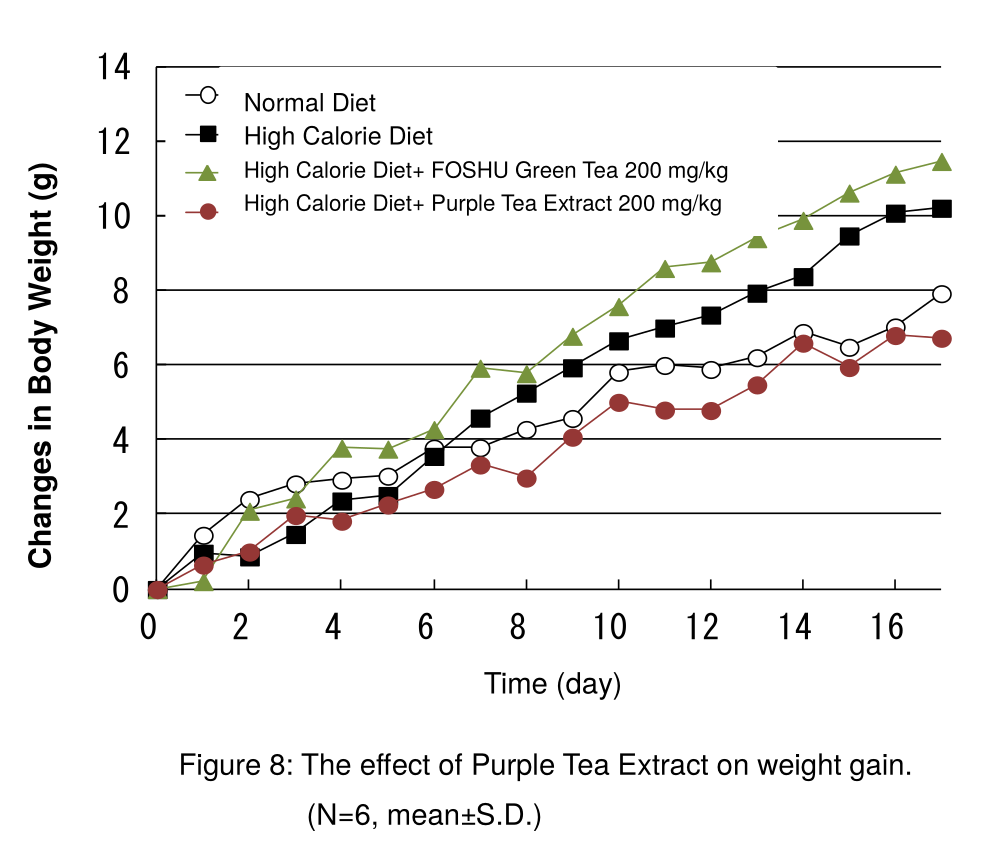


Comments and Discussion (Powered by the PricePlow Forum)